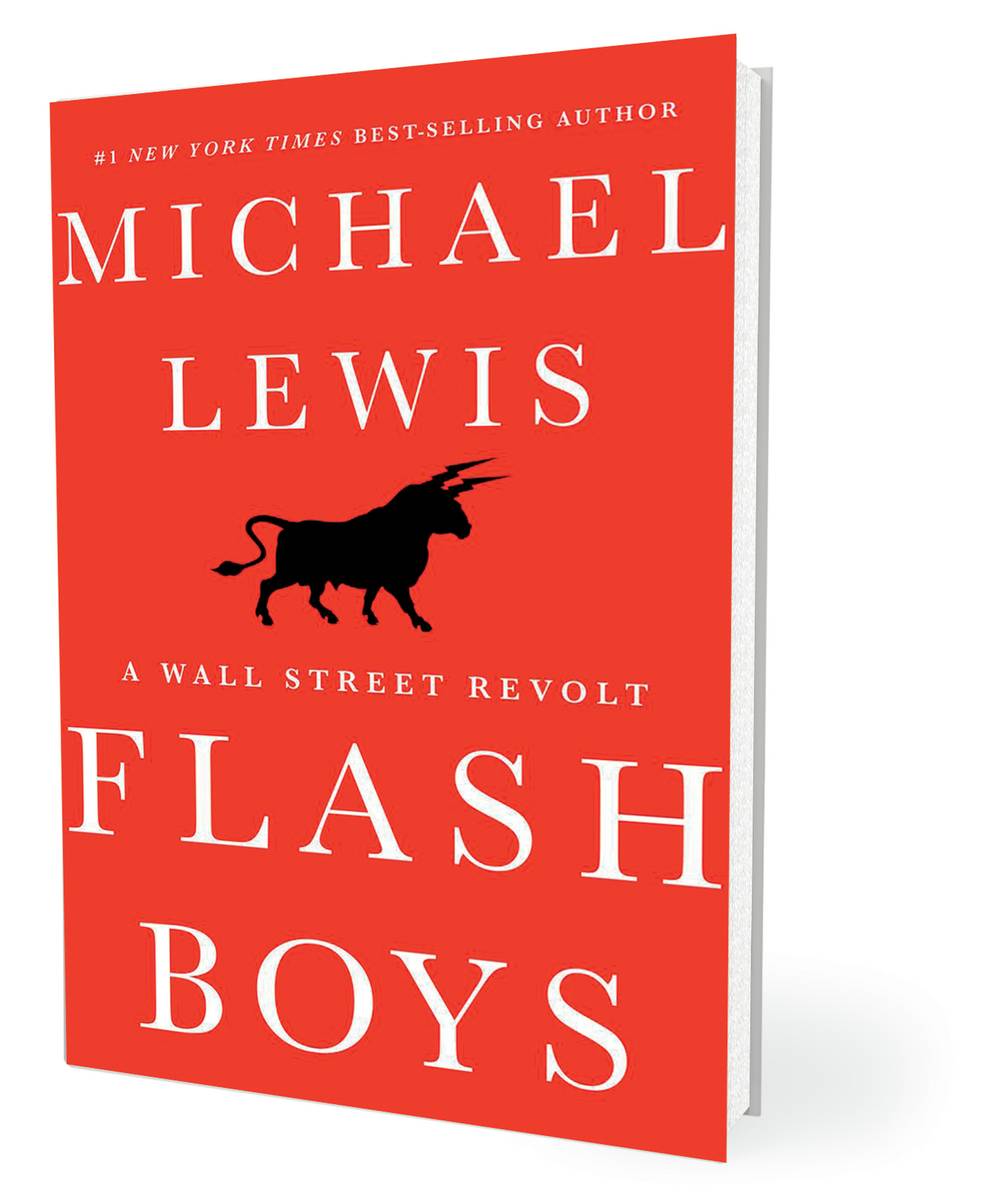
Flash Boys: A Wall Street Revolt By Michael Lewis, $28.
Face it: We’re screwed. Just last week, Talking Points Memo reported that researchers at Princeton and Northwestern universities have found that the United States is no longer a democracy but a thinly disguised oligarchy, in which the wheels of politics grind on while the wealthy grease both parties’ palms.
Along comes Michael Lewis, then, to tell us that Wall Street, chastened not the least by the worldwide economic collapse it engineered in 2007—which he chronicled in 2010’s The Big Short—has developed even more sinister instruments. Then it was Collateralized Debt Obligations, which bundled dubious mortgages, and bet-hedging Credit Default Swaps, which allowed bankers and investors to bet against themselves and still clear the table, leaving the rest of us to wonder where our retirement savings went.
This time, it’s High-Frequency Trading, enabled by the shift to electronic exchanges and away from traders shouting and waving offers. The new breed learned how to milk the millisecond, escalating prices in the instant between the keyboard click and an order’s arrival on the market, and raking off the profits. And when the big investment firms waded into HFT, they did so in “dark pools,” which enabled them to game their unsuspecting investors, all while convincing them that opacity was a good thing.
As in The Big Short, Lewis lessens the head-scratching impact of financial esoterica by telling human stories—in that book, about rogues who gamed the gamers and in Flash Boys about players fed up with games. At the center is Brad Katsuyama, a trader for the staid Royal Bank of Canada who determined to fix whatever made the market change when he hit “Enter.” Enlisting likewise disillusioned traders and techies, Katsuyama created first software that plugged the loophole high-frequency traders exploited, and then a trading firm, IEX, that assured investors of honest dealing. The details are more abstruse than those in The Big Short, but this book’s characters are more colorful.
So everything’s okay now, right? Even Goldman Sachs, a villain throughout the book, comes around to supporting IEX and market transparency. But HFT’s “primary goal is no longer stability but speed,” Lewis writes. Stability makes markets work, and serve the overall economy. Speed merely exacts what he calls “a tax on investment.” And that tax is paid to a sector of the economy that serves only itself.
Find more by Chuck Twardy at chucktwardy.com.
